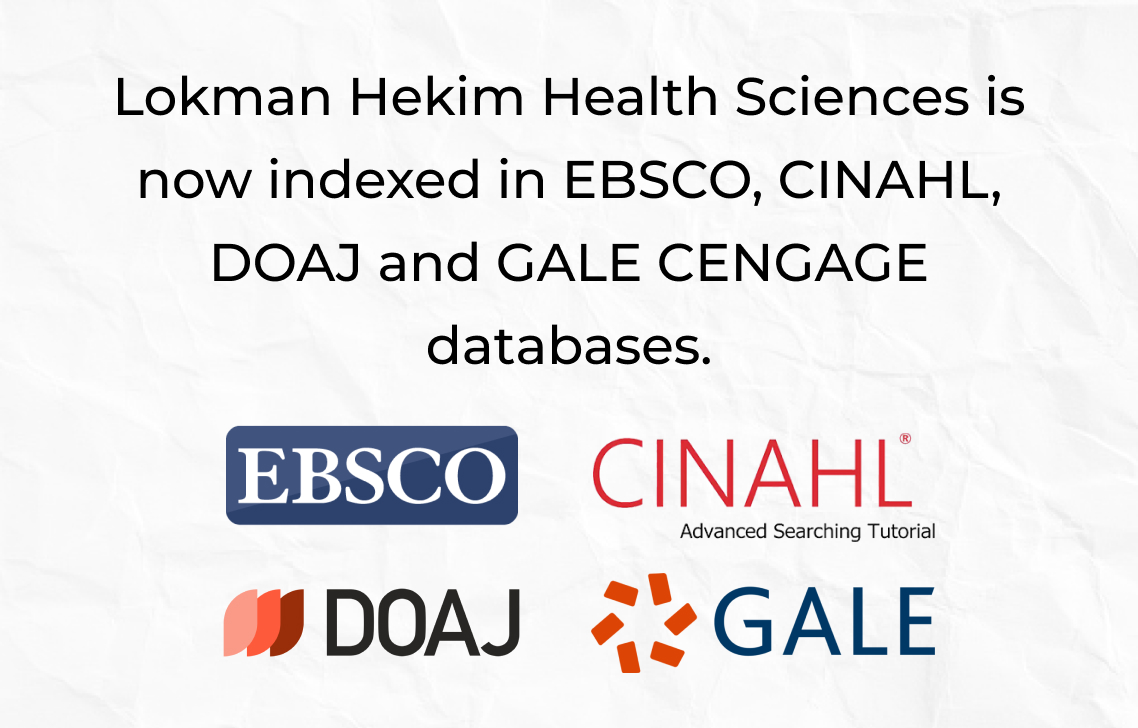2Department of Orthopedic Surgery and Traumatology, Okan University Hospital, İstanbul, Turkey
Abstract
Introduction: Retrograde intramedullary nailing (RIN) is one of the most preferable surgical method for distal femoral fractures. In this study, we aim to evaluate the clinical and radiological outcomes of applying RIN method in distal femoral fractures.
Materials and Methods: In this retrospective study, 27 patients treated with RIN surgical method for distal femoral fractures were evaluated. The fractures were assessed according to AO classification, and Gustilo-Anderson classification was used for the open fractures. We have utilized the mini-arthrotomy approach. Modified Knee Rating Scale of the Hospital for Special Surgery (HSS) was used to evaluate the clinical and functional outcomes of the patients at the latest follow-up. The radiological assessment of the patients was done from consecutive direct X-rays, and the radiological union times were recorded.
Results: The mean follow-up period was 19.26±8.59 months (range, 7–40 months). The mean union time was calculated as 26.47±5.34 weeks (range, 21–72 weeks). One patient had delayed union (10 months). The mean knee joint range of motion was measured as 102.29°±15.70° (range 60°–135°). This was calculated as 105.60°±13.51° in type A and as 95.67°±15.70° in type C fractures. In total, there were six (31.6) excellent, ten (52.6%) good, two (10.5%) fair, and one (5.3%) bad result.
Discussion and Conclusion: Owing to its safety and reliability, RIN was considered as a safe and effective surgical technique in the management of distal femoral fractures and was applicable in all fractures except for Gustilo-Anderson types 3B and C.
2Okan Üniversitesi, Ortopedik Cerrahi ve Travmatoloji Anabilim Dalı, İstanbul
Arka plan: Retrograd intramedüller çivileme (RIN), distal femur kırıklarında en çok tercih edilen cerrahi yöntemlerden biridir. Bu çalışmanın amacı distal femur kırıklarında RIN yöntemi uygulamasının klinik ve radyolojik sonuçlarını değerlendirmektir.
Yöntemler: Bu retrospektif çalışmada, distal femur kırığı nedeniyle RIN cerrahi yöntemi ile tedavi edilen 27 hasta değerlendirildi. Kırıkları AO sınıflamasına göre değerlendirdik ve açık kırıklar için de Gustilo-Anderson sınıflamasını kullandık. Mini artrotomi yaklaşımı kullandık. Hastaların en son takiplerindeki klinik ve fonksiyonel sonuçlarını değerlendirmek için Modify Knee–Rating Scale of the Hospital for Special Surgery (HSS) kullanıldı. Hastaların radyolojik değerlendirmesi ardışık direkt grafilerden yapıldı ve radyolojik kaynama süreleri kaydedildi.
Bulgular: Ortalama takip süresi 19.26±8.59 ay (dağılım, 7-40 ay) idi. Ortalama kaynama süresi 26.47±5.34 hafta (dağılım, 21-72 hafta) olarak hesaplandı. Bir hastada kaynama gecikmesi vardı (10 ay). Ortalama diz eklem hareket açıklığı 102.29°±15.70° (dağılım, 60°-135°) olarak ölçüldü. Bu A tipi kırıklarda 105.60°±13.51° ve C tipi kırıklarda 95.67°±15.70° olarak hesaplandı. Altı (%31,6) mükemmel, on (%52,6) iyi, iki (%10,5) orta ve bir (%5,3) kötü sonuç vardı.
Sonuç: Güvenli ve güvenilir olması nedeniyle RIN, distal femur kırıklarının tedavisinde güvenli ve etkili bir cerrahi teknik olarak kabul edildi ve Gustilo-Anderson Tip 3B ve C dışındaki kırıklar dışında tüm hastalarda uygulanabilir.






 Aziz Çataltepe1
Aziz Çataltepe1 









